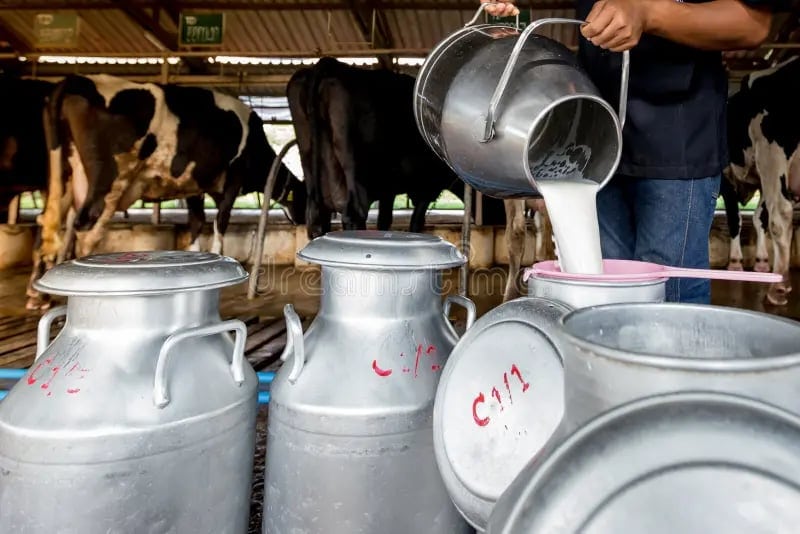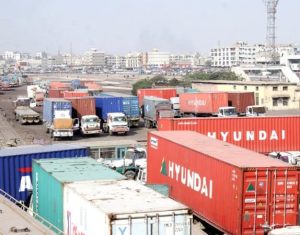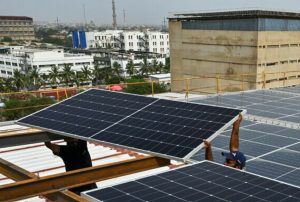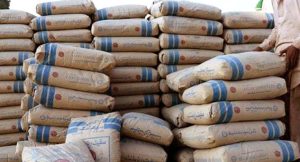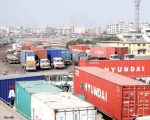ISLAMABAD – Pakistan is the world’s fifth-largest milk-producing country, with an annual production of 65 million tons.
According to a report by the Food and Agriculture Organization (FAO), Pakistan’s milk production is primarily driven by rural economies through low-tech dairy farms. Around 15 million small dairy farms operate in Pakistan, typically owning just two cows or buffaloes. These small-scale farms are considered the backbone of the country’s dairy economy.
The FAO notes that in Pakistan and other developing nations, the cost of milk production at small farms is significantly lower than that of high-tech dairy farms in developed countries. This cost difference largely stems from rising prices of animal feed.
In high-tech dairy farms, typically found in developed countries, more than 100 cows are maintained on average. These farms feed their animals with compound feed and invest heavily in animal health, which raises overall production costs.
On the other hand, in Pakistan’s traditional farming system, dairy animals are fed wheat straw, sugarcane, rice, and maize residues—making feeding costs relatively low.
FAO also highlighted that labor costs at rural dairy farms are almost negligible. In Pakistan, traditional dairy farms produce about 3 to 4 liters of milk per cow or buffalo per day, compared to more than 20 liters per animal at high-tech farms.
To improve income from small-scale dairy farming and strengthen the rural economy, the FAO has recommended comprehensive policy reforms. These include improving milk collection networks, ensuring access to affordable loans, expanding cold chain infrastructure, and enhancing veterinary services.
According to FAO, such measures will help boost milk production in Pakistan, reduce post-production losses, and support the development and stability of rural communities.

